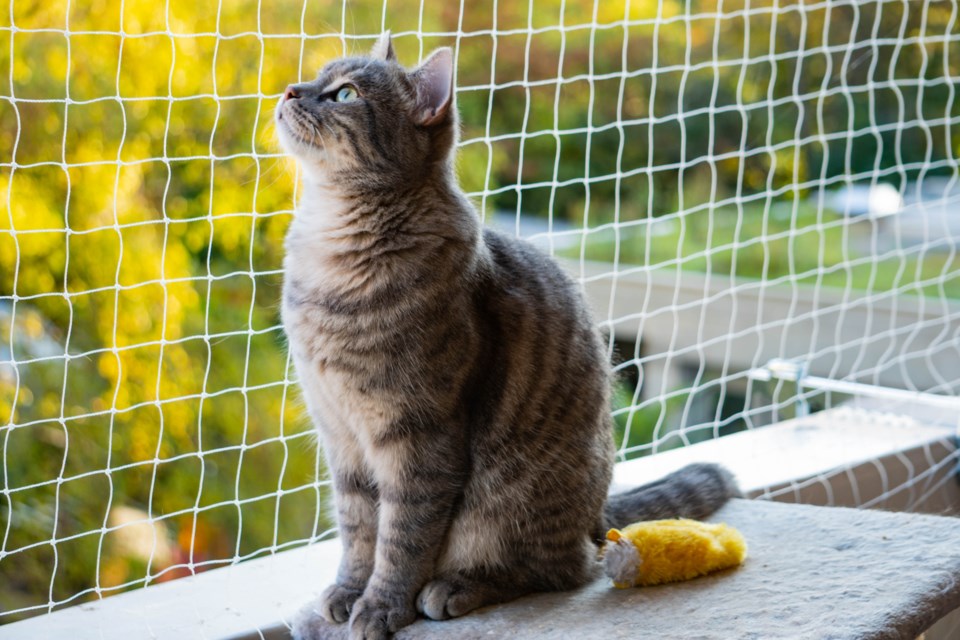Who doesn’t love the sounds of birds singing in springtime? Sadly, we do not hear as many birds as we used to.
In fact, birds are in trouble. Since 1970, the bird population in North America has declined by about 30%. That’s three billion birds in 50 years. There are multiple reasons for this loss, many beyond our individual control, but the good news is that we can take action as a community and as individuals to reverse this trend.
Locally, the �鶹�����Environment Society is working with
This certification requires local volunteers to work within the municipality to reduce threats to birds by promoting habitat protection, community outreach and education. While this certification is still in progress, there is still plenty we can do to make �鶹�����more bird-friendly.
The three biggest threats to birds in communities are cats (both domestic and feral), collisions, and habitat loss.
Cats take the lead as the number one human-related threat to birds in North America: they kill between 100 and 350 million birds a year — or about 75% of all bird deaths.
Ideally, cats should not be allowed to roam freely outdoors, where they will come into contact with birds. If you believe your cats must go outside, you can accompany them, keeping them harnessed or carefully monitored.
The ultimate solution is a “catio,” an enclosed outdoor space for your cat to play.
Unfortunately, bells have not been shown to be an effective deterrent to prevent bird kills.
For indoor cats, make sure they get enough stimulation to keep them exercised and engaged so the outdoors is less appealing.
Collisions with windows are another significant threat to birds.
Some simple steps to deter these collisions include moving plants away from windows, and careful placement of bird feeders.
The safest locations are either within half a metre of windows so birds don’t have a chance to build up speed, or at least nine metres away so they have time to avoid the window.
Physical treatments on windows are generally very effective against bird strikes.
The goal is to make the entire window look like a barrier to birds, with a dense, tightly spaced pattern. Placement on the outside of the window, and spacing of the markings are very important, according to the . Do-it-yourself and commercial solutions can be found on their website.
Finally, help make up for habitat loss by making your area inviting to birds. Native plants are ideal, as well as berry-producing bushes and trees; provide fresh, clean water in birdbaths; keep fallen leaves on the ground beneath shrubs and trees to maintain good foraging sites, to name just a few ideas.
While global statistics of ecological losses can seem overwhelming, it is comforting to know that, as a community, there is a lot we can do locally to make �鶹�����a more “bird-friendly” place.
For more information about the .
Alison Wald is a volunteer with the .

.png;w=80;h=120;mode=crop)



